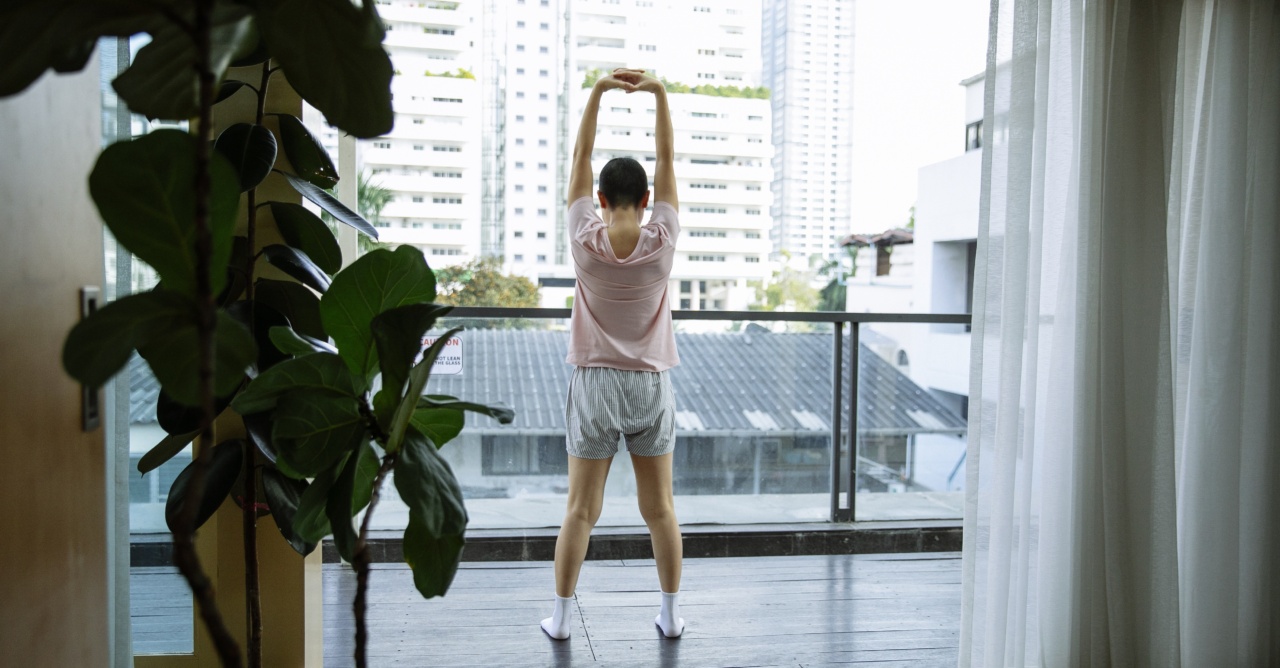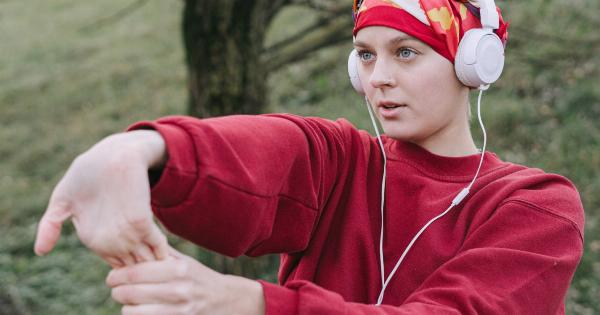Parkinson’s disease (PD) and multiple sclerosis (MS) are two common neurodegenerative disorders affecting millions of people worldwide. Both PD and MS cause significant physical limitations for those living with the conditions.
One of the best ways to manage these conditions is through exercise. Exercise helps improve mobility and reduce some of the symptoms associated with these diseases and improve overall quality of life.
Benefits of Exercise for Parkinson’s Disease Sufferers
PD affects the nervous system and is characterized by tremors, rigidity, and bradykinesia. Exercise has been shown to help improve physical function, mobility, and balance in people with PD.
Additionally, exercise can help control motor symptoms, including tremors, and improve overall mood and cognitive function. Studies have found that aerobic exercise, such as cycling or brisk walking, in particular, can help produce these benefits.
The Role of Resistance Training in Parkinson’s Disease
Resistance training, or weightlifting, is another form of exercise that can benefit those with PD. Resistance training helps improve muscle strength and overall physical function.
Studies have found that resistance training can help improve balance, increasing muscle strength and reduce the risk of falls for people with PD. Additionally, resistance training can help reduce bradykinesia, improving overall mobility and function.
The Importance of Flexibility and Stretching in Managing Parkinson’s Disease
Stretching and flexibility exercises, such as yoga or tai chi, can also be beneficial for those with PD. These exercises help improve muscle tone, flexibility, and range of motion while reducing the risk of falls or injuries.
Additionally, stretching and flexibility exercises help reduce muscle stiffness, which is a common symptom of PD. Research has found that combining stretching and resistance training can help produce significant improvements in motor function and overall quality of life for those with PD.
Benefits of Exercise for Multiple Sclerosis Patients
MS is a neurodegenerative disorder that affects the central nervous system. Symptoms include weakness, fatigue, balance problems, and cognitive changes. Exercise can help MS sufferers achieve significant relief from these symptoms.
Research suggests that aerobic exercise, such as swimming or cycling, can help improve cardiovascular fitness and overall physical function. Additionally, exercise can help improve mobility, reduce muscle stiffness, and improve balance for those with MS.
The Role of Resistance Training in Multiple Sclerosis
Resistance training has also been found to be beneficial for those living with MS. Weightlifting helps build muscle strength and can help improve overall physical function.
Studies have found that resistance training can help improve balance, reduce fatigue, and improve overall mobility. Additionally, resistance training can help reduce muscle stiffness and improve overall quality of life for those with MS.
The Importance of Stretching and Flexibility for Managing Multiple Sclerosis
Stretching and flexibility exercises can also be beneficial for those with MS. These exercises help improve range of motion, flexibility, and posture while reducing the risk of falls or injuries.
Additionally, stretching and flexibility exercises can help reduce muscle stiffness and improve overall mobility. Research has found that combining stretching and resistance training can help produce significant improvements in physical function and overall quality of life for those with MS.
Challenges of Exercise for Parkinson’s Disease and Multiple Sclerosis Patients
Despite the many benefits of exercise for those with PD and MS, there are some unique challenges that can make it difficult to maintain a regular exercise routine. Some of the challenges of exercise for PD and MS patients include:.
- Fatigue: Many people with PD and MS experience significant fatigue, which can make it difficult to maintain a consistent exercise routine.
- Mobility Issues: Balance problems and reduced mobility can make certain exercises difficult or unsafe for those with PD and MS.
- Muscle Stiffness: Muscle stiffness and spasms can make it difficult to stretch or perform certain movements.
- Pain: Both PD and MS can cause chronic pain, which can make exercise uncomfortable or difficult.
Tips for Starting and Maintaining an Exercise Routine
Despite the unique challenges of exercise for those with PD and MS, there are ways to overcome them and establish a successful exercise routine. Some helpful tips include:.
- Speak with a healthcare provider before starting an exercise routine to ensure it is safe and appropriate for your particular situation.
- Start slowly and gradually increase intensity and duration over time.
- Involve a friend or family member for support and accountability.
- Find exercises that you enjoy, and vary your routine to prevent boredom and burnout.
- Consider joining a fitness class or working with a personal trainer who has experience working with PD and MS patients.
Conclusion
Living with PD and MS can be challenging, but exercise can be an effective way to manage symptoms and improve overall quality of life.
Aerobic exercise, resistance training, and stretching and flexibility exercises can all be beneficial for those with PD and MS. Despite the unique challenges faced by PD and MS patients, it is possible to establish and maintain a successful exercise routine with the right support and guidance.






























